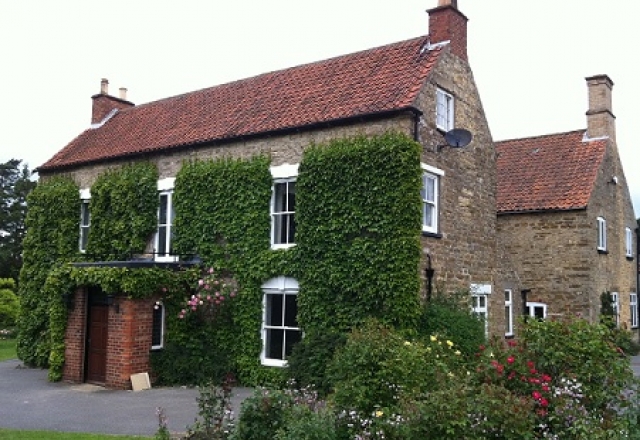A PROJECT to create the “greenest old house” in the UK is underway in Lincolnshire.
Green business owner Julian Patrick has bought a 300-year-old year village home and is embarking on an ambitious project to show how a period home can be energy efficient.
The venture is likely to cost Mr Patrick six figures but he believes the development could prove a blueprint for making older houses sustainable for the future.
The stone Georgian home in Lincolnshire currently costs £12,000 a year in heat and power. Mr Patrick, owner of renewable energy company Freewatt, aims to reduce those bills by 80%.
The scheme of work on the house will include the latest technology including a computerised energy management system which will turn appliances on and off automatically to match when power is available from the solar panels.
Other elements of the project include:
• dig out existing earth-floors and re-lay with insulation and underfloor heating
• remove the roof and heavily insulate creating a warm-roof
• insulate walls internally where possible, draft proof windows and install some secondary glazing
• install a 25 kW solar array to generate electricity for use within the home and generate an income through the Feed In Tariff scheme that can offset other energy costs.
• equip the house with smart-energy systems designed to optimise energy from renewables when it is available. It will switch electrical loads on and off at times when electricity is generated from the solar PV array
• install a 50kW biomass boiler using locally sourced fuel or a 50kW heat pump array with ground source collectors to be laid in the adjoining paddock.
• Mechanical ventilation and heat recovery, this will aid fresh air ventilation to improve energy efficiency and air quality, it will also help overcome any potential problems with damp caused by insulating and draft-proofing the house.
• Low-energy lighting
• Rain-water harvesting
Although many new homes are now fitted with green technology few older properties are being equipped with this
“The objective is to help provide a blue-print for greening period-properties,” said Mr Patrick.
“There are thousands of beautiful period properties in the UK that must be preserved but they remain incredibly inefficient so are becoming financially unsustainable.
“Simple eco-measures applied in modern homes do not apply to period properties. Making a period property green is much more challenging and information on best-practice is harder to come by because there are so few examples in the UK.
“So we want to show, in practice, how this can be achieved and give people real examples of how even the oldest homes can be green, cost effective and sustainable and we are confident this will become the greenest period home in the UK.”
Mr Patrick hopes that, although it will become his family home for his wife Ruth and three children, he will be able to give guided tours of the finished project a number of times during the year.
“We are very much looking at this as a long term investment for the family. In reality the work will reap financial rewards within less than 10 years,” he said.
His endeavours have already gained interest from English Heritage and Lincolnshire County Council.
To learn more about Freewatt go to www.freewatt.co.uk


0 Responses to “Project launched to create “greenest old house” in UK”